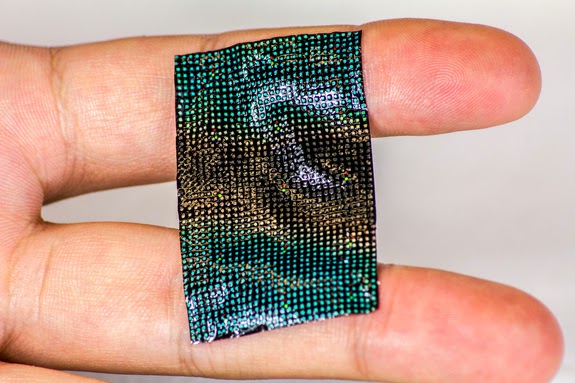Scientist creates lifelike cells out of metal.
By: Bryan Nelson
By: Bryan Nelson
A scientist has created a living cell made out of metal instead of carbon. This scientist has a theory that life could be made from another element apart from carbon.
In the University of Glasgow Lee Cronin created lifelike cells from metal and says they maybe replicating and evolving.
The cells he has created are made from large polyoxometalates derived from a range of metal atoms, like tungsten. He mixes such metals in a specialized saline solutions and he has called the results as "inorganic chemical cells" or iCHELLS. The features that this iCHELLS resemble are the same as a real cell making them function really alike. For example, he built the iCHELLS with a membranes capable of selectively allowing chemicals in and out according to size, like it happens with the walls of real cells. This metal cell also develops organelles, and some are being equipped with the ability to carry photosynthesise. The most amazing thing this ICHELLS can do is evolve, but they do not have DNA so they can´t replicate the same way as real cells do. This discovery improves the odds of finding life somewhere else in the universe. Life could potentially be built from other elements.
Read more: http://www.mnn.com/green-tech/research-innovations/stories/scientist-creates-lifelike-cells-out-of-metal#ixzz3Jm2HYeaI







